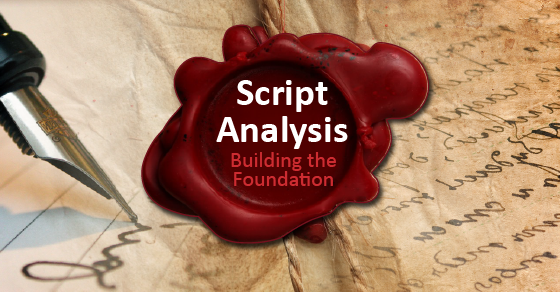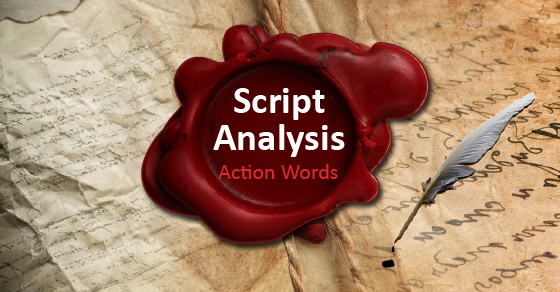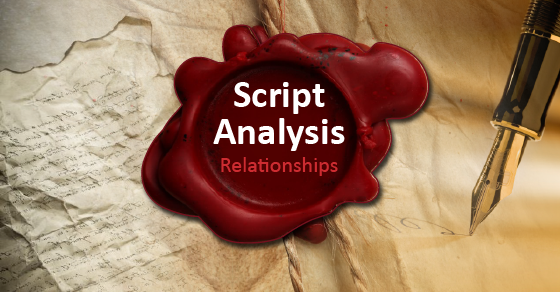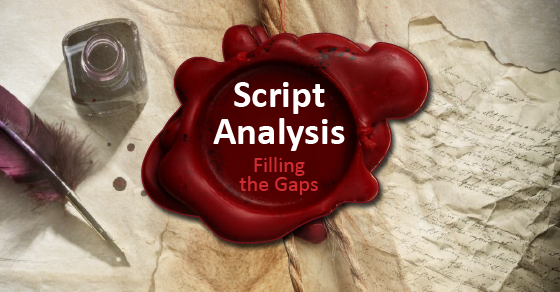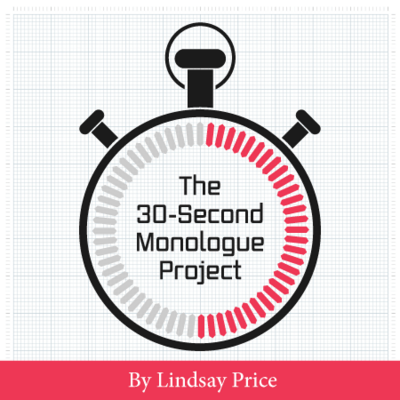There exists in everyone the potential for good or evil. Laramie Dean's adaptation of Dracula asks the question: How much would it take to bring out the darkness inside of you?
Script Analysis for Actors – Five Steps to Building Your Foundation
You’ve got the part! Congratulations. Your script is all clean and pretty. What’s the first thing you should do? Read the script, of course! But what about after that? How about some script analysis?
Script analysis gives you a foundation to build on for character development. Follow these steps and you can begin rehearsal with confidence, ready to take on whatever challenge comes your way. Get familiar with your character, get familiar with the text. It’s time to explore.
Grab a pencil! Let’s make your script messy!
Why a pencil? Because nothing we ever do with script analysis should be set in stone. We change our minds, we rethink things over and over as we familiarize ourselves with the material. And once we get into rehearsal our work will have to mesh with the director’s vision and every other actor’s work. Think of script analysis as a place to begin!
Our examples will be monologues but you can do the exact same work with dialogue.
Step One: Cross out any stage directions.
Stage directions in a script can come from a hodgepodge of places.
Sometimes they’re added by the playwright to give you a sense of his or her intentions, sometimes they’re based on the blocking of the original production or are purely technical. Other times they’re added by the publisher/editor to help clarify something for the reader. I’d never tell you to ignore them completely but for the purposes of script analysis, cross ‘em out. You can always restore them after you’ve done this work. (You are using a pencil, right?)
Step Two: Mark any significant changes/shifts in tone or character development.
I like to use two forward slashes for this (i.e. //). These go any place in the text where there is a change. A change in mood, a change in language, a change in tactic. We’ll call these changes beats.
Here’s a totally contrived example to illustrate:
FRANK: I can’t believe you keyed my car. Why would you do something like that?
Becomes
FRANK: I can’t believe you keyed my car. // Why would you do something like that?
Do you see the beat? Frank goes from reflecting on the damage to the car to a demand for information. First he’s in disbelief. Now he wants answers. The reason for the change will be explored in rehearsal, but at this point we just want to note the beat.
If you haven’t done this sort of work before, you might struggle to find these. Here’s a quick tip to finding them. Pick a random pair of sentences and put the marks between them. Ask yourself, “What shift, what change, does the character make between these two sentences?” If you can come up with a clear answer, they stay. If not, they go.
There’s no right or wrong when doing this kind of work. This isn’t science, it’s art. I might mark my script up completely differently than another actor preparing the same role. Who’s right? We both are. We are bringing our own interpretation to the role.
When you eventually stage the piece, these markings will serve as guideposts. They may be times where you sit, stand, or move. You may speak louder or softer, faster or slower, or pause. You get the idea. These markings will help make your character dynamic. They will lead you toward an interesting well-rounded performance.
Step Three: Mark significant words.
What are the most important words in the speech?
I like to mark these words with a “>” on top. I’ve borrowed this from the accent mark used in music.
These are the power words of your speech. They’re the framework everything else is built on. These are the words you want to make sure are heard. By the audience. By the other characters.
When you’re done with this step, read the words you’ve marked in order. They should give you a rough idea of what the piece is about.
Step Four: Understand the words.
It’s dictionary time! If you’re doing Shakespeare, this will be a very long step.
Go through the text and make sure you understand every word you speak. Look up all unfamiliar words (or words you don’t often use in your personal life) in the dictionary. Make sure you fully grasp what the character is trying to say. Jot the definitions in the margins of your script.
If you’re confident you already know them all, pick a few of the words that you marked with a > and look them up. Even simple words can have many meanings. And many words can be used to mean the same thing. Try and understand why the playwright chose those words in particular.
Step Five: Ask questions.
This is the last step and it’s not to be missed because it will lead you to all sorts of fantastic exploration in rehearsal..
Read through your text and ask questions about your character. I tend to keep my questions simple: “How?” or “Why?” or “Is this true?” are powerful questions.They are the questions you’ll answer through the course of rehearsal. You might discuss some of them with the director, you might not. You may still not have an answer for these questions on closing night. That’s the beauty of theatre – there’s always more to explore.
The PDF version of this guide includes two monologues – one for a guy and one for a girl. On one page is the monologue as it is and the other page has my own markings to show you how I would tackle the script.
Related Articles
The 30-Second Monologue Project
by Lindsay Price
Give students the confidence, skills and tools they need to master the monologue with The 30-Second Monologue Project. This four-lesson unit guides students from the first moment to a successful performance.
Monologues for All
by Lindsay Price
Many monologue books have monologues with only male- or female-identified characters. This resource allows students to infer the identity of the character.
